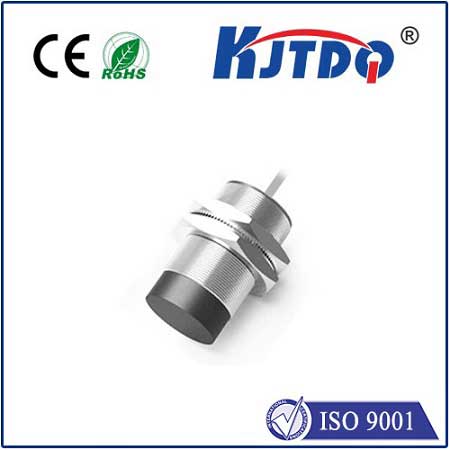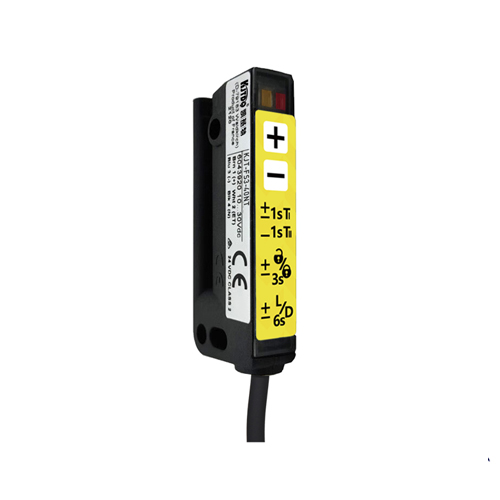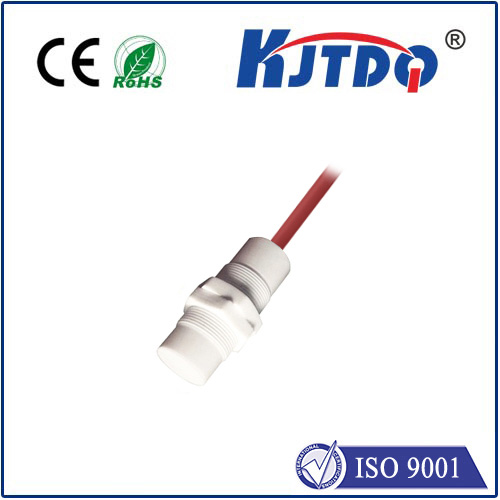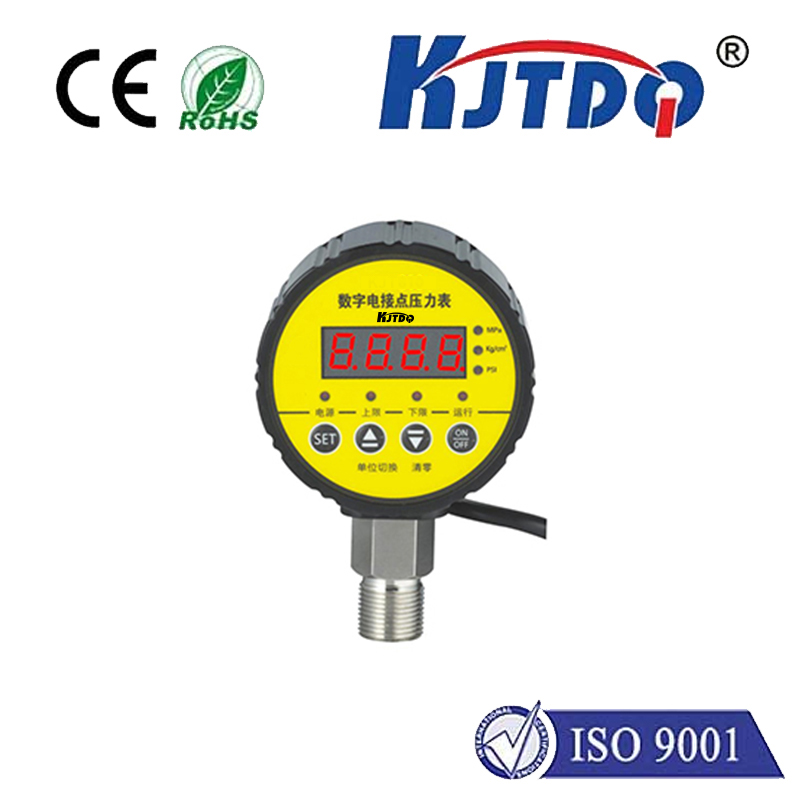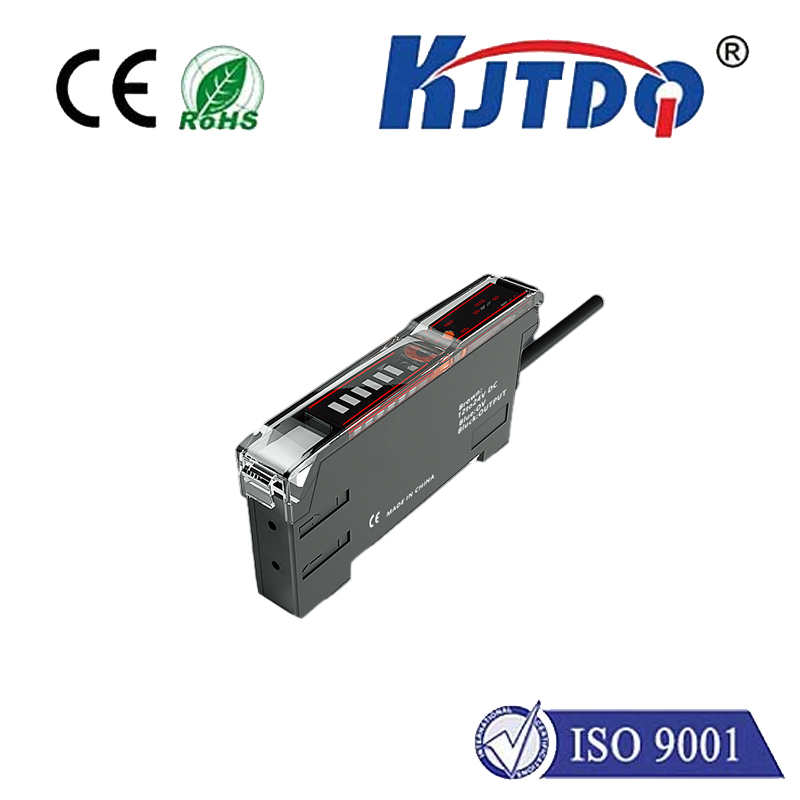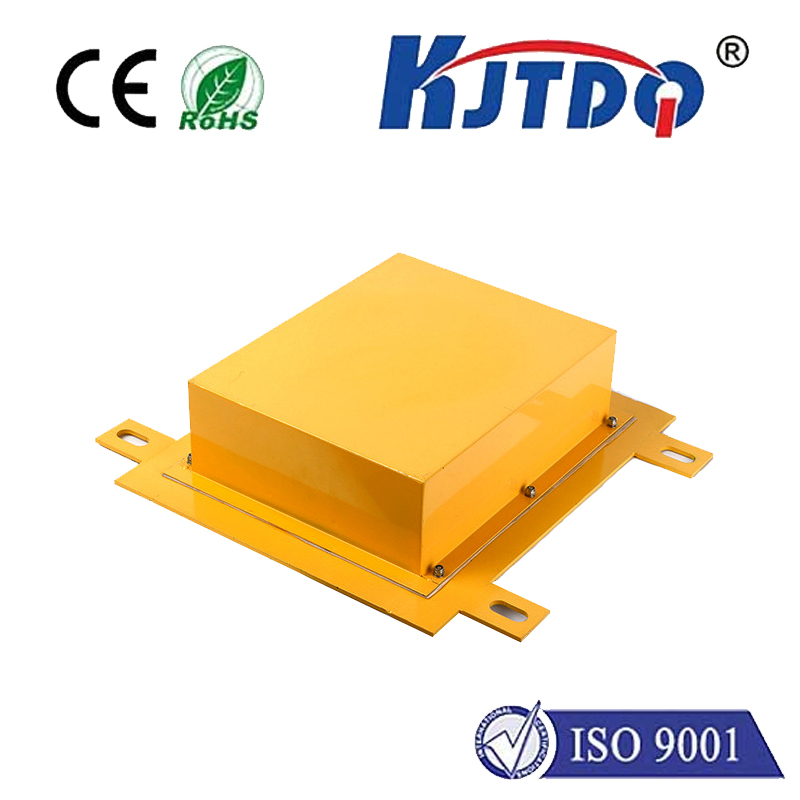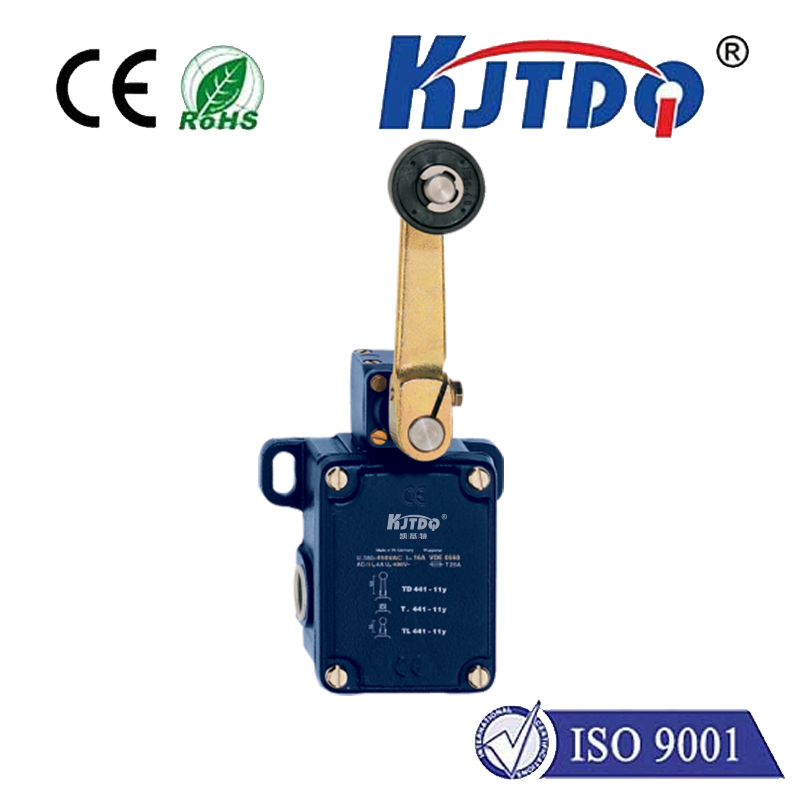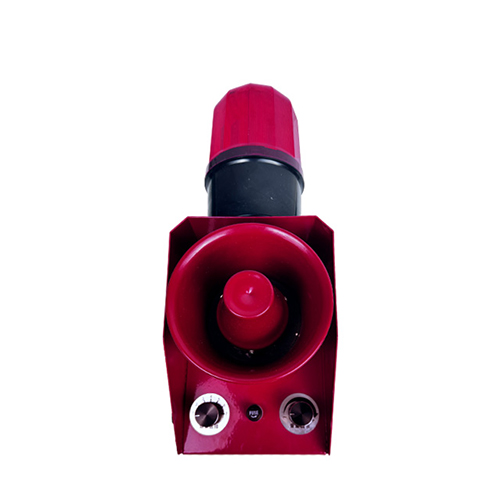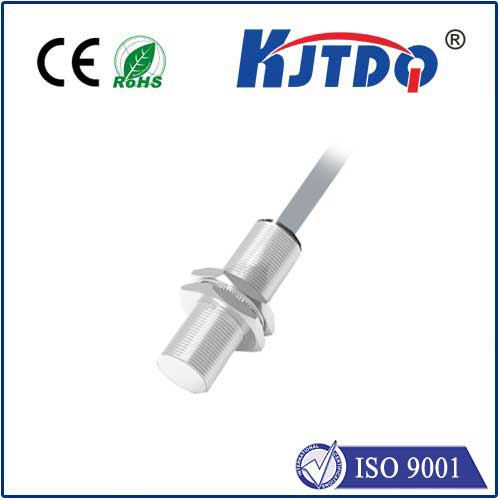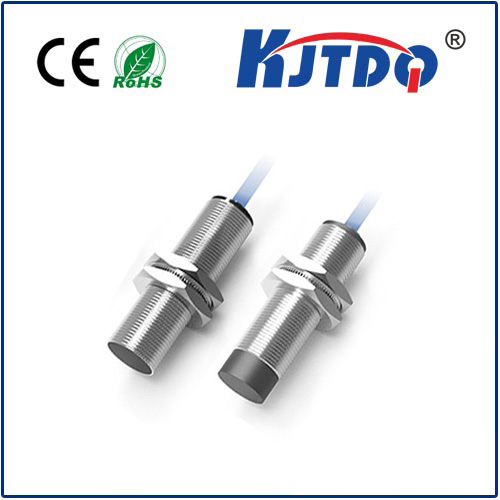Лазерный датчик ветра
- time:2025-08-28 02:23:01
- Нажмите:0
Laser Wind Sensors: Revolutionizing Precision Wind Measurement with Light
For centuries, understanding the wind – its speed and direction – was vital yet challenging. From predicting storms to optimizing aircraft paths, accurate wind data has always been crucial. Traditional methods, like mechanical anemometers or sonic sensors, served us well but come with inherent limitations: moving parts wear out, they require physical presence in the flow, and their accuracy can be affected by environmental conditions like rain or ice. Enter a transformative technology: the Лазерный датчик ветра. Leveraging the power of light, these sophisticated instruments are redefining how we measure the invisible force of the wind with unprecedented precision, reliability, and versatility.
The Core Principle: Light as a Speed Detective
At the heart of a laser wind sensor lies the Doppler effect, a phenomenon familiar with sound (like the changing pitch of a passing siren). Laser wind sensors exploit the optical Doppler effect. Here’s the elegant science:
- Laser Emission: The sensor emits a highly focused, coherent beam of laser light into the atmosphere.
- Particle Interaction: This light interacts with naturally occurring aerosols or dust particles suspended in the air, moving with the wind.
- Doppler Shift: When light hits a moving particle, the wavelength of the scattered light returning to the sensor shifts slightly. If the particle is moving towards the sensor, the light waves are compressed (blue-shifted). If the particle is moving away, the waves are stretched (red-shifted).
- Analysis & Calculation: Sophisticated optics and signal processing electronics within the sensor meticulously analyze this minute shift in the wavelength (frequency shift) of the returned light. By measuring this shift very precisely across multiple points or along the beam path, the sensor calculates both the speed of the particles (and hence the wind speed) and the direction of their movement relative to the sensor axes.
This non-intrusive measurement is perhaps the most significant advantage. Unlike mechanical sensors requiring direct airflow contact, laser sensors measure wind remotely. The laser beam probes the wind from a distance, eliminating physical obstructions within the measurement volume itself.
Why Choose Laser Over Traditional Methods?

The shift towards laser wind sensors is driven by compelling advantages:
- Exceptional Accuracy and Resolution: Laser sensors provide highly precise measurements, even at very low and very high wind speeds, often with finer resolution than mechanical counterparts.
- Zero Moving Parts: The absence of cups, vanes, or ultrasonic transducers exposed to the elements translates to minimal maintenance, higher reliability, and significantly reduced downtime. There’s nothing mechanical to freeze, corrode, or wear out prematurely.
- Non-Intrusive Measurement: By not physically disrupting the airflow, laser sensors provide a truer representation of the wind field. This is critical in applications like aerodynamic testing or around sensitive structures.
- Robust Performance in Harsh Conditions: Immune to the effects of icing, heavy rain, sand, or salt spray that plague mechanical and sonic sensors, laser sensors excel in challenging environments like offshore platforms, cold climates, and arid deserts.
- Vector Measurement Capability: Advanced laser wind sensors (like LiDAR - Light Detection and Ranging variants) can provide wind speed and direction data in a single axis, or even complex 3D wind vector profiles by scanning or using multiple beams.
- Low Starting Threshold: They can detect exceedingly low wind speeds where mechanical sensors might fail to start turning.
- Flexible Installation: Remoteness of measurement allows for installation in locations that would be difficult or unsafe for traditional sensors, such as on tall towers, near rotating blades, or on moving platforms.
Diverse Applications: Where Precision Wind Measurement Matters Most
The unique capabilities of laser wind sensors make them indispensable tools across a wide spectrum of industries:
- Wind Energy: This is a primary application. Laser wind sensors are vital for:
- Wind Resource Assessment: Accurately mapping wind resources over large areas using ground-based or scanning LiDARs for optimal wind farm siting.
- Power Performance Testing: Providing highly accurate hub-height wind measurements to verify turbine performance guarantees (IEC 61400-12-1 compliant systems exist).
- Wind Turbine Control: Advanced LiDARs mounted on turbines can measure wind speed and direction approaching the rotor blades, enabling advanced control strategies (
lidar-assisted control) to reduce structural loads and optimize power output (feedforward control).
- Wake Studies: Mapping complex turbine wake interactions within wind farms to optimize layout and operations.
- Aviation & Aerospace:
- Airport Wind Shear Detection: Ground-based LiDAR systems provide critical low-level windshear alerts to enhance flight safety during takeoff and landing.
- Wake Vortex Monitoring: Tracking potentially hazardous wake vortices generated by large aircraft.
- Unmanned Aerial Vehicles (Drones/UAVs): Compact laser sensors provide essential airspeed and wind state data for navigation and stability control of drones. Wind measurement is crucial for safe and efficient drone operations, especially Beyond Visual Line of Sight (BVLOS).
- Meteorology & Environmental Monitoring:
- Weather Forecasting: Providing high-resolution wind profiles for improved numerical weather prediction models.
- Atmospheric Research: Studying boundary layer dynamics, turbulence, and pollutant dispersion.
- Air Quality Monitoring: Understanding how wind influences the transport of pollutants.
- Scientific Research & Academia: Used in diverse fields like micrometeorology, fluid dynamics research, pollution dispersion modeling, and agricultural meteorology.
- Промышленное применение: Monitoring ventilation flows in mines or tunnels, optimizing combustion processes, assessing exhaust plumes, and ensuring safety in chemical plants.
Understanding LiDAR: The Scanning Powerhouse
While “laser wind sensor” is the broad term, LiDAR (Light Detection and Ranging) deserves special mention, especially in wind energy and meteorology. LiDAR wind sensors typically use a scanning mechanism:
- Doppler LiDAR: Measures the Doppler shift of laser light scattered by aerosols.
- Scanning Patterns: Can perform vertical profiles (Vertical Profiling LiDAR - VPL), conical scans (Doppler Beam Swinging - DBS), or plan-position indicator (PPI) scans to build detailed 2D or 3D maps of the wind field over a large area.
- Range: Can measure wind speeds hundreds of meters or even kilometers away from the sensor location.
The Future is Bright: Continuous Innovation
The evolution of Лазерный датчик ветра technology continues apace. Research focuses on:
- Reducing the size, weight, and power consumption (crucial for drone integration).
- Decreasing costs to broaden accessibility.
- Enhancing data processing capabilities for real-time insights.
- Improving performance in low-aerosol conditions (e.g., over the ocean or at high altitudes).
- Developing eye-safer lasers for more flexible deployment.
Embracing the Power of Light
From optimizing clean energy production to safeguarding air travel and unlocking deeper atmospheric understanding, laser wind sensors represent a significant leap forward. Their non-intrusive nature, robust reliability, and unmatched precision make them far more than just replacements for older technologies – they are enabling entirely new applications and providing insights into wind behavior that were previously impossible. As the technology matures and becomes more accessible, its role in shaping industries reliant on accurate wind data will only become more profound. The ability to “see” the wind with such clarity using nothing but light fundamentally transforms our interaction

